COOLER BAGS
A typical cooler bag might have:
Outer Layer: Made of durable fabric like polyester, PVC tarpulin.
Middle Layer: Insulating material such as EPE foam.
Inner Lining: Aluminum foil or PEVA for water resistance and easy cleaning.
We create our cooler bags with 6 main types of materials:

Polyester Series
Polyester allows for vibrant colors and intricate designs, ensuring your bag stands out.

Non Woven Series
Non-woven fabric is lightweight, breathable, and the most cost-effective solution.

Cotton Series
Embrace eco-style with our cotton handbags—soft, breathable, and durable.

Tyvek Series
Tyvek material for making ice bags is its durability, lightweight nature, and excellent insulation properties.

Waterproof TPU Series

Neoprene Series
LET'S CREATE!
Please advise your size, which material you may like and if logo needed, with these informaiton, we will back to you with solutions and quotation.
How To Select The Right Fabric?
Here is an overview of our standard materials, with options available for customization based on provided samples:

Polyester Fabric
Polyester are popular for their durability and are available in various densities, like 420D and 600D.
210D Nylon: Lightweight and somewhat durable, suitable for lighter use.
420D Nylon: Offers a good balance of light weight and durability.
600D Nylon: Heavier and more durable, often used for more robust bags that need to withstand regular use.
1000D Nylon: Very thick and highly durable, used for high-end or specialty tactical bags.
Coating: PU Coating: Polyurethane coated nylon adds water resistance and durability.
PVC Coating: Provides waterproof qualities and adds to the fabric’s strength.
Water Resistance: Depending on the coating and density of the weave, nylon can be highly water-resistant, making it ideal for travel bags and outdoor gear.
Nonewoven Fabric
Non-woven fabric is lightweight, breathable, and the most cost-effective solution.
Non-woven cooler bags with a weight between 80-100 GSM (grams per square meter) are generally sufficient, which is sturdy enough to guard against dust, dirt. It’s also light enough to ensure that the bag itself doesn’t add much extra weight, making it easy to carry, can be cost-effective as well, making them an attractive option for both retailers and consumers looking for practical cooler bags solutions.
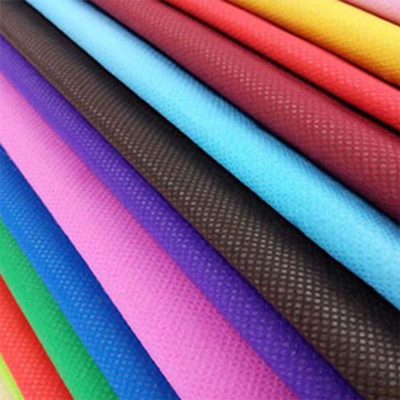

Cotton Fabric
Cotton handbags vary in thickness, affecting how they look and feel. We measure this thickness in ounces per yard. Let’s look at the common types and what makes each special:
8oz Cotton:Light and easy to carry around. Great for a quick trip to the store.
12oz Cotton: Not too heavy, not too light. Just right for your everyday things.
16oz Cotton: Sturdy and ready for a bit more weight. Think books or a small laptop.
20oz Cotton:These are the tough ones, good for carrying a lot without worrying about them ripping.
JUTE Fabric
Jute fabric, typically comes in various specifications related to its weave, thickness, and sometimes treatment for durability and aesthetics.
Weight: Usually measured in ounces per yard² or grams per square meter (GSM). Common weights for handbags range from 200 to 400 GSM, depending on the desired sturdiness and use.
Weave Type: Hessian: Also known as burlap, this is a coarse weave that’s commonly used for its rustic look.
Sacking: A heavier, denser weave of jute used for more robust bags.


tyvek Fabric
Tyvek, made by DuPont, is a unique material often used for making handbags due to its durability, lightweight, and resistance to water and tearing.
Weight and Thickness: measured in grams per square meter (GSM). Common weights for handbags might range from 42.5 GSM to 105 GSM, depending on the required durability and feel.
Type:
Type 14: Lighter and more flexible, suitable for fashion-focused handbags.
Type 16: Slightly denser, offering a good balance between durability and flexibility.
Type 10 and 10B: Heavier and sturdier, ideal for more durable and rugged bags.
Tyvek is 100% recyclable, which appeals to eco-conscious consumers and brands looking to minimize environmental impact.
TPU Fabric
TPU (Thermoplastic Polyurethane) is a versatile and durable material used in various products, including cooler bags:
Durability: TPU is highly resistant to abrasion, wear, and tear, making it long-lasting.
Waterproof: TPU is water-resistant, helping to keep contents dry and cool.
Temperature Resistance: It maintains its performance in a wide range of temperatures, ideal for keeping items cold or insulated.


Neoprene Fabric
2mm Neoprene: Light and flexible. Ideal for casual use, like small accessories or lightweight pouches.
3mm Neoprene: A versatile thickness, offering good protection and comfort. Perfect for items like laptop sleeves or light sport bags.
5mm Neoprene: Sturdy and insulating. Great for cooler bags, wetsuits, or items that need extra cushioning.
7mm Neoprene: Heavy-duty and highly protective. Ideal for specialized items like diving gear or bags requiring strong insulation.
How To Select The Right Insulation?
Here is an overview of our standard insulation materials, with options available for customization based on provided samples:
Aluminum Foil
Insulation Performance:
- High Reflectivity: Aluminum foil reflects thermal radiation, reducing the amount of external heat entering and internal cold escaping.
- Barrier Properties: It effectively prevents moisture and gas penetration, maintaining a stable internal temperature.
- Application: Commonly used as an inner lining directly in contact with food or beverages to enhance insulation.
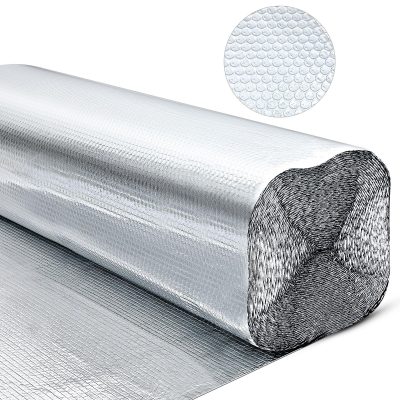
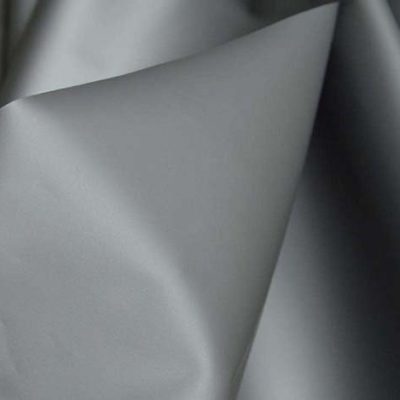
PEVA (Polyethylene Vinyl Acetate)
Insulation Performance:
- Moderate Insulation: PEVA offers moderate insulation compared to aluminum foil. However, it is often combined with other insulating materials due to its softness and waterproof properties.
- Environmental: PEVA is non-toxic and chlorine-free, making it a safer and more environmentally friendly option compared to PVC.
EPE Foam (Expanded Polyethylene Foam)
Insulation Performance:
- Excellent Insulation: EPE foam has a high thermal resistance, making it one of the best insulating materials for cooler bags.
- Lightweight: It is light and flexible, adding minimal weight to the bag.
- Shock Absorption: Offers additional protection for contents against impacts.

Diverse Techniques for Imprinting Your Logo
When it comes to printing your design, different materials need different methods. Soft fabrics might use heat transfer for a gentle print, while tougher materials like canvas are great for screen printing, giving a strong, colorful result. For smooth materials, digital printing works best, offering detailed and vibrant designs. Each material works in its own way with these printing techniques, making sure your design looks its best and lasts long.
Silk

Embroidery

digital

HOT TRANSFER

Certifications
In the eco-friendly packaging market, certifications play a crucial role in establishing the environmental credibility of your products

RPET

ORGANIC

EN13432-7P2139
Our production process and timelines are set for efficiency, but we’re ready to adapt for special material requests. Trust ZERA for precision with the flexibility you require.
Step 1: Customized Design Services and Quotation (48 Hours)
In today’s fast-paced business world, time is as valuable as precision, we understand this balance. That’s why we offer personalized design drafts and quotations, meticulously aligned with your unique requirements.

Step 2: Sampling (7-14 days)
This expedited service ensures that your project stays on track, providing you with a tangible representation of your product for evaluation and testing. Embrace the opportunity to refine your design, ensuring the final product meets your exact specifications.
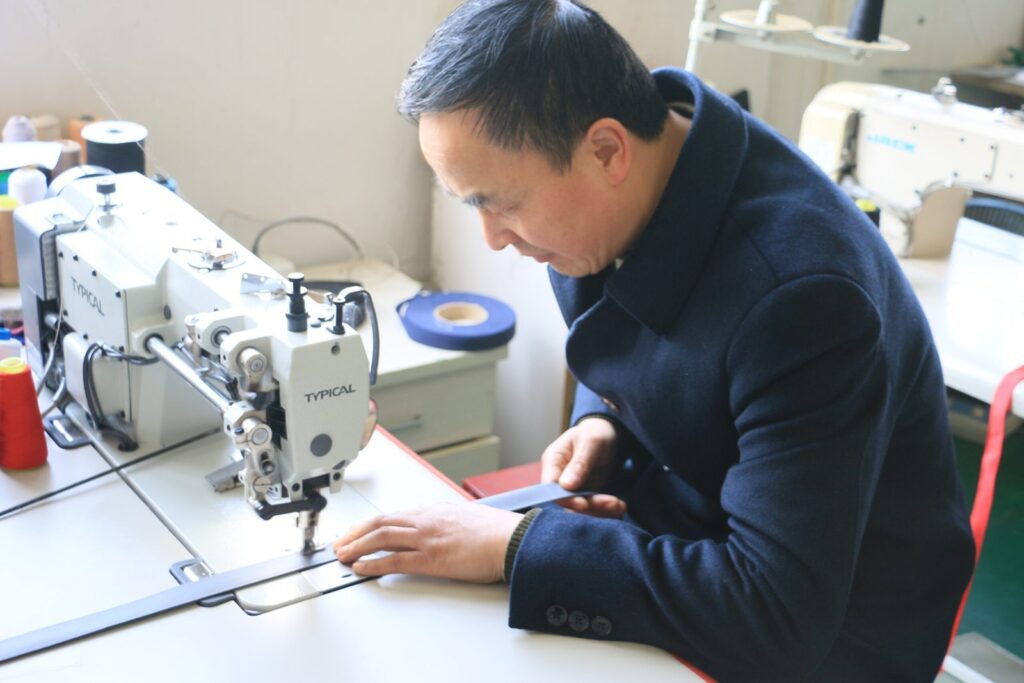
Step 3: Sample confirmation (5-7 days)
Once approved, we will source the raw materials and proceed with manual pattern making followed by cutting. The product will then go through printing and sewing to become the final product. After that, we will conduct a thorough inspection and handle the packaging.

Step 4: Bulk Manufacturing (30-35 days)
We deliver excellence in bulk manufacturing within a 30-35 day window, ensuring that your wholesale needs are met with precision and punctuality.
Material: 10-12 days.
Cutting, printing if had, sewing, Inspection and Package ( 20-23days).

Step 5: Shipping (30-35 days)
The period during which the goods are in transit, which may involve multiple modes of transportation such as sea, air, or land, it sets the expectation for you that there is a window for the entire logistical process, which includes not just the travel time but also the preparation and processing needed for international shipping.
By sea normally one month, if by air, one week.
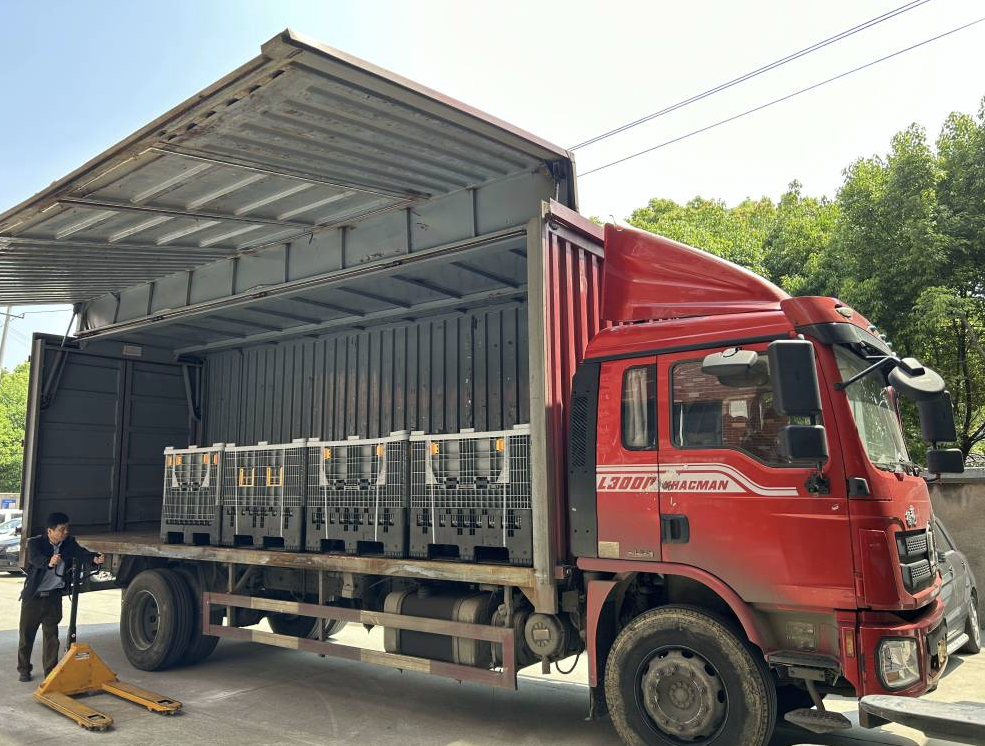
Want to know how to compress lead times?
Fast and effective communication with all parties involved is also essential to ensure quick decision-making and process adjustments.
Got more questions? We are happy to answer all your queries.


